
Indoor gardening has become increasingly popular, allowing plant enthusiasts to grow a wide variety of plants in the comfort of their own homes. One key element for successful indoor gardening is the proper use of grow lights. Grow lights provide the necessary light spectrum and intensity that plants need for photosynthesis and healthy growth. In this comprehensive guide, we will walk you through the essential steps of using grow lights effectively for your indoor plants.
Before diving into the world of grow lights, it’s crucial to understand the specific light requirements of your plants. Different plants have varying needs in terms of light intensity, spectrum, and duration. Research the optimal light conditions for your plants, considering factors such as their species, growth stage, and natural habitat.
There are several types of grow lights available, but LED (Light Emitting Diode) lights are highly recommended for indoor gardening. LED grow lights are energy-efficient, adjustable, and provide a balanced full spectrum of light. They also emit less heat, making them safer for your plants. Consider factors such as wattage, spectrum adjustability, and brand reputation when selecting your grow lights.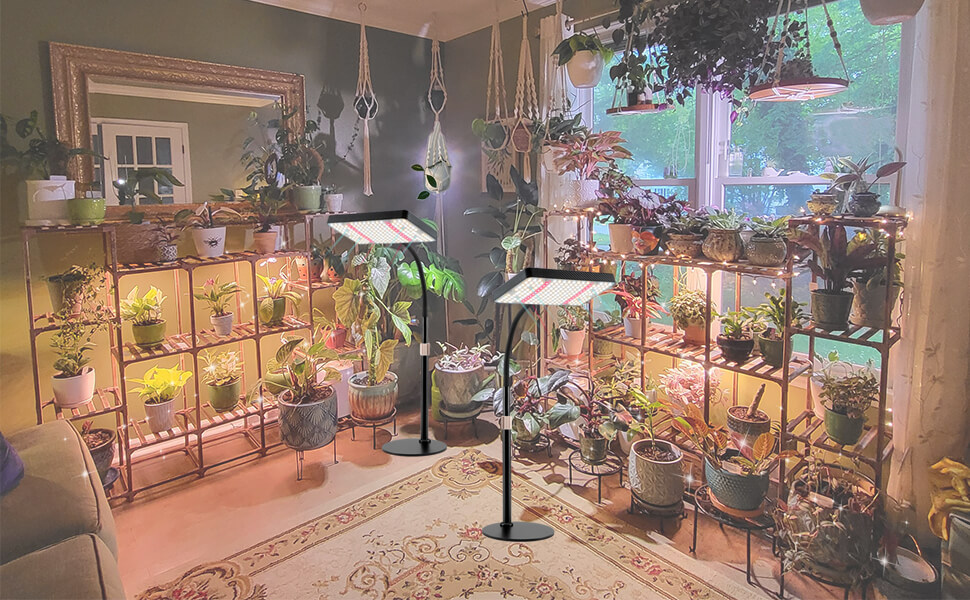
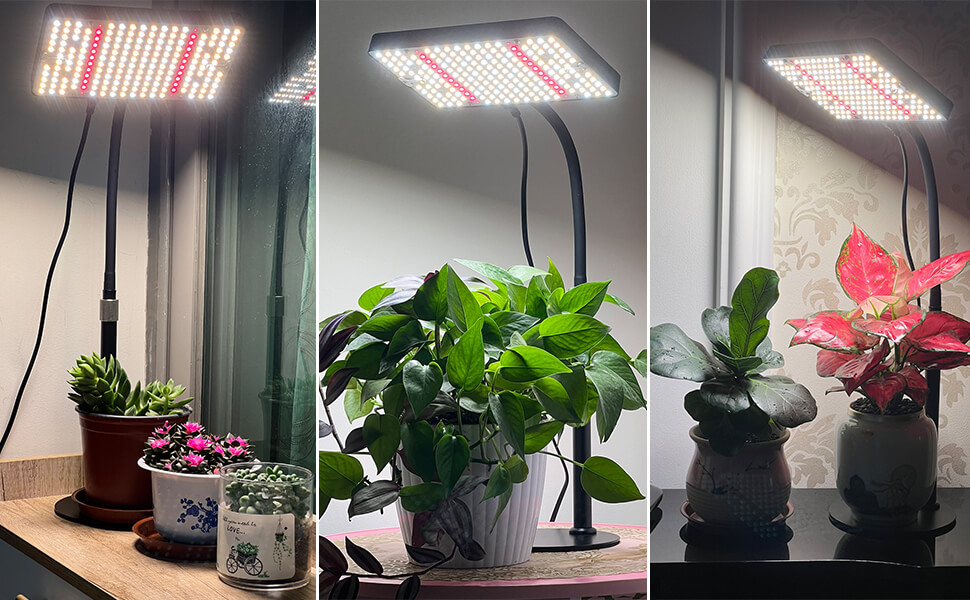
Proper positioning and height of the grow lights are crucial to ensure that your plants receive optimal light coverage. Mount or hang the grow lights above your plants, replicating the natural angle and intensity of sunlight. Adjust the height of the lights according to the growth stage of your plants. During the vegetative stage, lights should be positioned closer to the plants (around 12-18 inches), while in the flowering stage, they can be raised slightly higher (18-24 inches).
Most plants require 12 to 16 hours of light per day for proper growth and development. Use timers to automate the lighting schedule and maintain a consistent photoperiod for your plants. Set the timer to provide the desired number of light hours followed by the appropriate period of darkness.
To ensure your plants receive the right amount of light, use a light meter to measure the light intensity at the canopy level. Adjust the height or intensity of the grow lights to maintain the desired light level based on your plant’s requirements. Keep in mind that different plant species may have specific light intensity preferences, so refer to plant-specific guides or light requirement charts for guidance.
LED grow lights often offer adjustable light spectrums. During the vegetative stage, plants benefit from higher levels of blue light, which promote leafy growth. In the flowering stage, red light becomes more important for bud development. Adjust the light spectrum settings on your grow lights accordingly to optimize plant growth and productivity during different growth stages.
Grow lights emit heat, so it’s important to maintain proper ventilation and airflow in your indoor growing space. Use fans or exhaust systems to circulate the air and prevent excessive heat buildup around the plants. Regularly monitor the temperature to ensure it stays within the appropriate range for your plants’ health and growth.
Observe how your plants respond to the grow lights. Healthy growth indicators include vibrant leaves, compact growth, and appropriate development of flowers or fruits. If you notice any signs of light stress, such as bleaching, wilting, or stunted growth, adjust the light intensity, spectrum, or distance accordingly. Regular monitoring and adjustments will help you fine-tune the lighting conditions for optimal plant growth.
Dust and debris can accumulate on the surface of grow lights, reducing their efficiency and light output. Regularly clean the lights according to the manufacturer’s instructions to remove any buildup. Additionally, check the lights for any signs of wear or malfunction and replace them if necessary.
Conclusion:
Properly utilizing grow lights is essential for successful indoor gardening. By understanding your plant’s light requirements, choosing the right grow lights, positioning them correctly, setting appropriate light duration, and monitoring your plants’ response, you can create an optimal lighting environment for healthy and thriving indoor plants. Remember to maintain proper ventilation, adjust light spectrums as needed, and regularly clean and maintain your grow lights for long-term success in your indoor gardening endeavors. Happy growing!

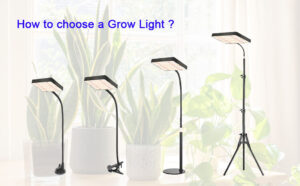
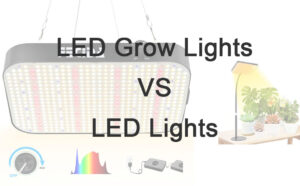
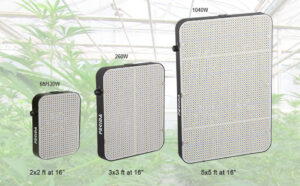
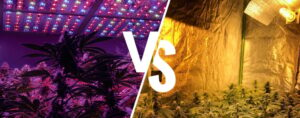
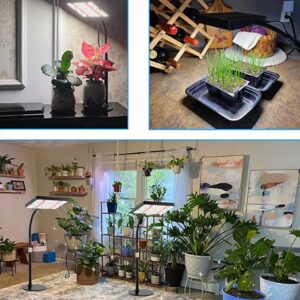
When you place an order in Check Out page, select “Create an account“, system will automatically create an account for you and send the account info to your Email Address.
